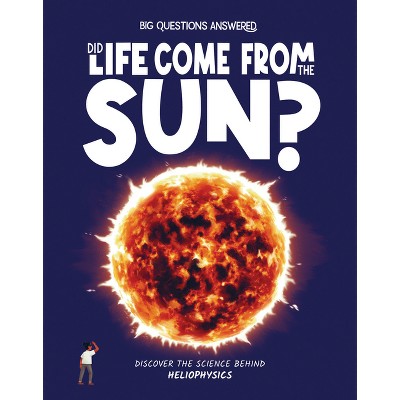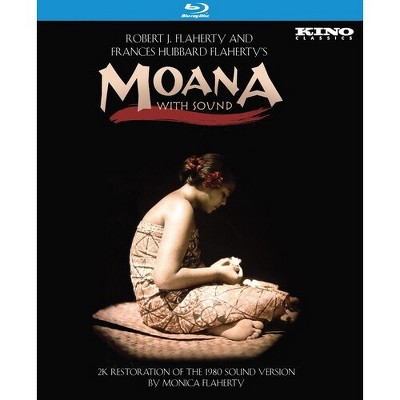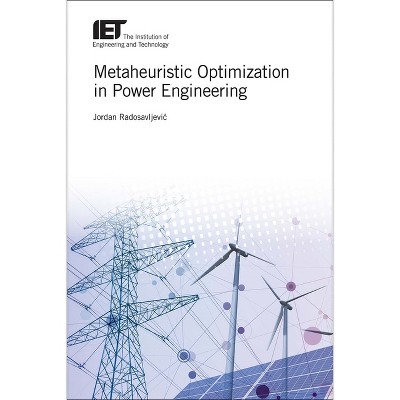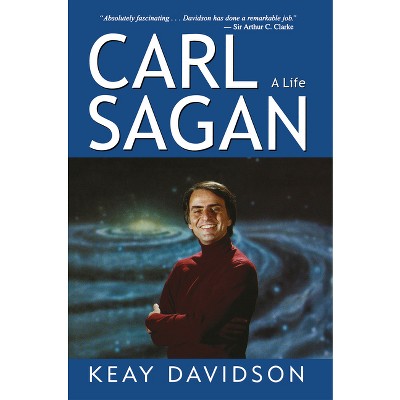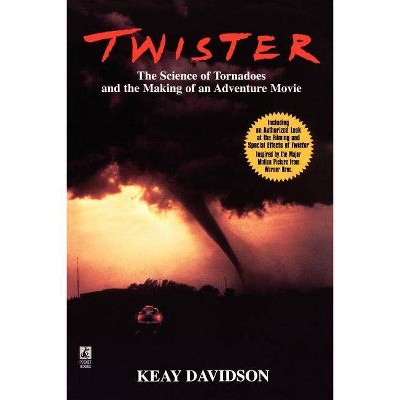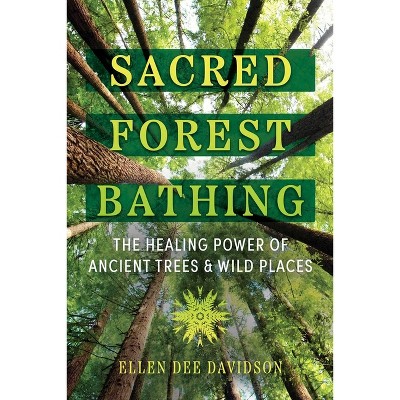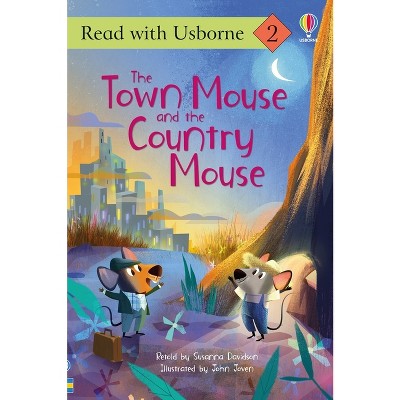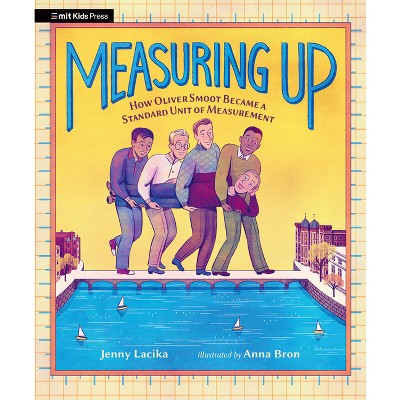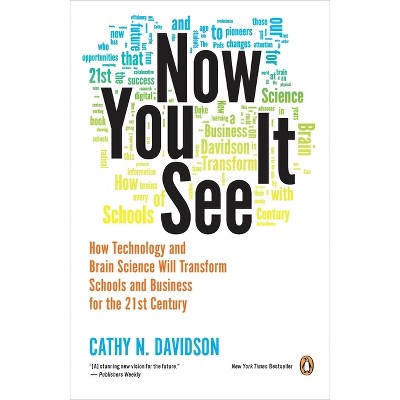Sponsored

Wrinkles in Time - by George Smoot & Keay Davidson (Paperback)
In Stock
Sponsored
About this item
Highlights
- International Bestseller"One of the most exhilarating and absorbing books ever written about science. . . .
- Author(s): George Smoot & Keay Davidson
- 368 Pages
- Science, Cosmology
Description
About the Book
An engrossing tale of two decades of adventure in exotic and dangerous climes, where Smoot and his colleagues used radiotelescopes in search of the biggest and oldest objects anywhere--the "seeds" that spawned our universe following the Big Bang. Photos and illustrations.Book Synopsis
International Bestseller
"One of the most exhilarating and absorbing books ever written about science. . . . An adventure story of a rare kind, a classic." --New Scientist
By the winner of the Nobel Prize in Physics, a fascinating history of the universe and a breathtaking account of George Smoot's quest to prove the Big Bang theory--the work that won him the Noble Prize and which Stephen Hawking called "The scientific discovery of the century, if not all time."
Astrophysicist George Smoot spent decades pursuing the origin of the cosmos, "the holy grail of science," a relentless hunt that led him from the rain forests of Brazil to the frozen wastes of Antarctica. In his search he struggled against time, the elements, and the forces of ignorance and bureaucratic insanity. Finally, after years of research, Smoot and his dedicated team of Berkeley researchers succeeded in proving the unprovable--uncovering, inarguably and for all time, the secrets of the creation of the universe. Wrinkles in Time describes this startling discovery that would usher in a new scientific age--and win Smoot the Nobel Prize in Physics.
From the Back Cover
Astrophysicist George Smoot spent decades pursuing the origin of the cosmos, "the holy grail of science," a relentless hunt that led him from the rain forests of Brazil to the frozen wastes of Antarctica. In his search he struggled against time, the elements, and the forces of ignorance and bureaucratic insanity. Finally, after years of research, Smoot and his dedicated team of Berkeley researchers succeeded in proving the unprovable--uncovering, inarguably and for all time, the secrets of the creation of the universe. Wrinkles in Time describes this startling discovery that would usher in a new scientific age--and win Smoot the Nobel Prize in Physics.
Review Quotes
"One of the most exhilarating and absorbing books ever written about science. . . . An adventure story of a rare kind, a classic." - New Scientist
"Remarkable. . . . A rare glimpse of important science in the making and a rollicking adventure yarn all rolled into one. Wrinkles in Time breaths life and romance into science." - New York Times Book Review
"One of the best, most understandable primers on the history and current state of cosmology available." - Seattle Times
"Fast paced, lucid. . . . High adventure. . . . A splendid history of the universe." - Los Angeles Times
"Impressive. . . . Long-awaited. . . . The reader needs bring nothing to the book but curiosity." - Washington Post Book World
"George Smoot's Wrinkles in Time has got to be one of the best books I've ever read. Smoot, who got the Nobel Prize in physics in 2006, is the Indiana Jones of physics: a physicist who flies all over the world to do science." - Amir D. Aczel, Toronto Globe and Mail
Shipping details
Return details
Frequently bought together
Trending Non-Fiction








